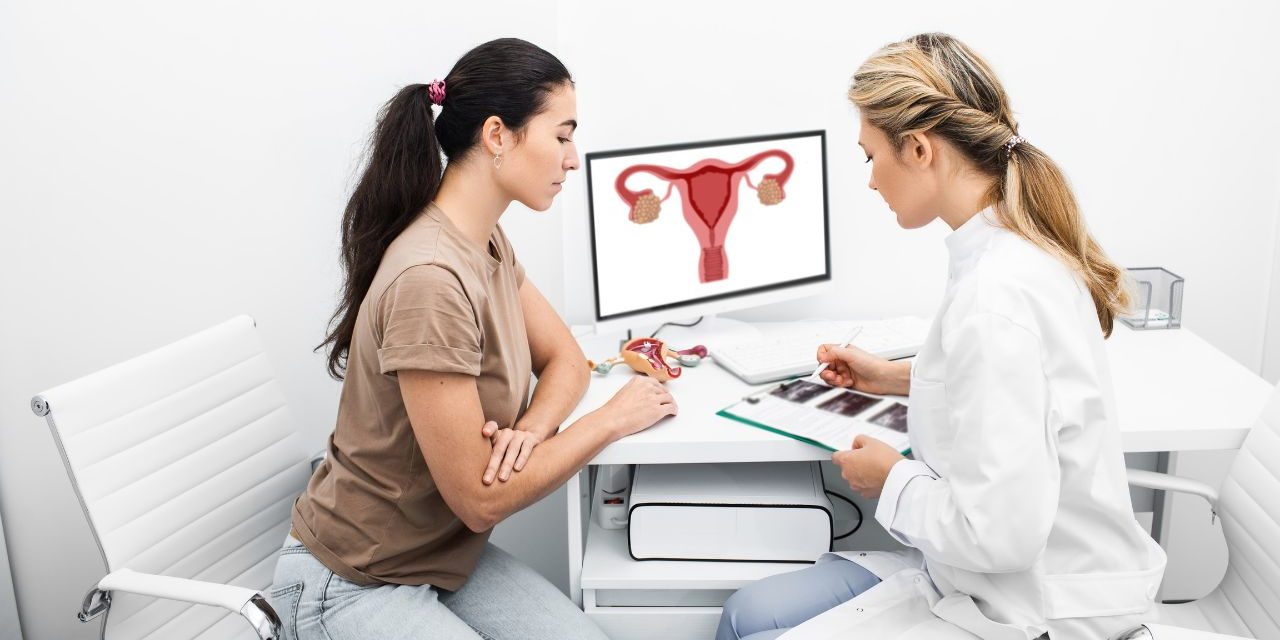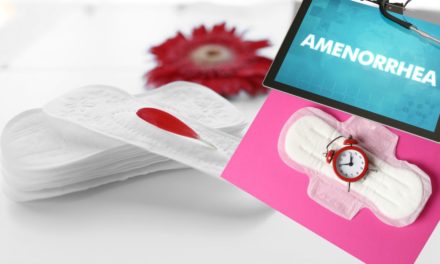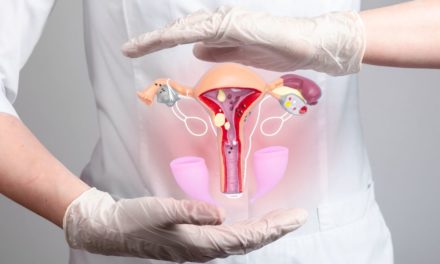Introduction
Metritis is a female disease that affects the uterus, causing inflammation and infection. It usually occurs after childbirth, but it can also develop as a result of certain medical procedures or pelvic infections. In this article, we will provide a comprehensive overview of metritis, including its causes, symptoms, diagnostic procedures, and available treatment options. By shedding light on this condition, we aim to raise awareness, encourage early detection, and promote timely medical intervention for women experiencing metritis.
Understanding metritis
Metritis is an infection that targets the endometrium, the lining of the uterus. It is mainly classified into two types: postpartum metritis, which occurs after childbirth, and non-postpartum metritis, which can result from medical procedures or pelvic infections unrelated to childbirth.
Common causes of metritis
- Postpartum metritis: Postpartum metritis often results from bacteria entering the uterus during childbirth, especially after a complicated delivery, prolonged labor, or the presence of bacteria in the birth canal.
- Non-postpartum metritis: Non-puerperal metritis can be caused by a medical procedure, such as a dilation and curettage (D&C) or hysteroscopy, or a pelvic infection unrelated to childbirth.
Recognizing the symptoms of metritis
Symptoms of metritis can vary, but common symptoms include:
- fever
- Uterine pain or tenderness
- Abnormal or foul-smelling discharge from the vagina
- Fatigue and weakness.
- Nausea or vomiting
Seek medical help
If a woman experiences symptoms of metritis, it is important to seek medical attention immediately. Prompt diagnosis and treatment are critical to prevent complications and promote full recovery.
Diagnostic procedures
To diagnose metritis, a health care provider will perform a complete physical examination and may order additional tests, such as blood tests, urinalysis, and imaging studies such as ultrasound or MRI. A sample of vaginal discharge or endometrial tissue may also be collected for analysis.
Treatment options for metritis
Treatment for metritis usually involves a combination of antibiotics to target the infection and manage symptoms. The specific antibiotics prescribed will depend on the type and severity of the infection. In severe cases, hospitalization may be required for administration of intravenous antibiotics.
Post-treatment care
After completing the antibiotic course, it is very important to follow the health care provider’s instructions for post-treatment care. Rest, adequate hydration, and attending follow-up appointments are important to ensure a full recovery.
Precautions
Although not all cases of metritis can be prevented, certain measures can reduce the risk of infection. Proper hand hygiene and sterile technique during medical procedures can help reduce the risk of bacteria entering the uterus.
Result
Metritis is a treatable condition that requires prompt medical intervention to prevent complications and promote full recovery. By understanding the causes, symptoms, diagnostic procedures, and available treatment options for metritis, women can take charge of their reproductive health and seek timely medical care when needed. Early detection and appropriate treatment are critical to effectively managing metritis. Let us prioritize awareness, encourage open communication about gynecological health, and empower women to seek medical help without hesitation. Together, we can promote the well-being and reproductive health of women around the world.










